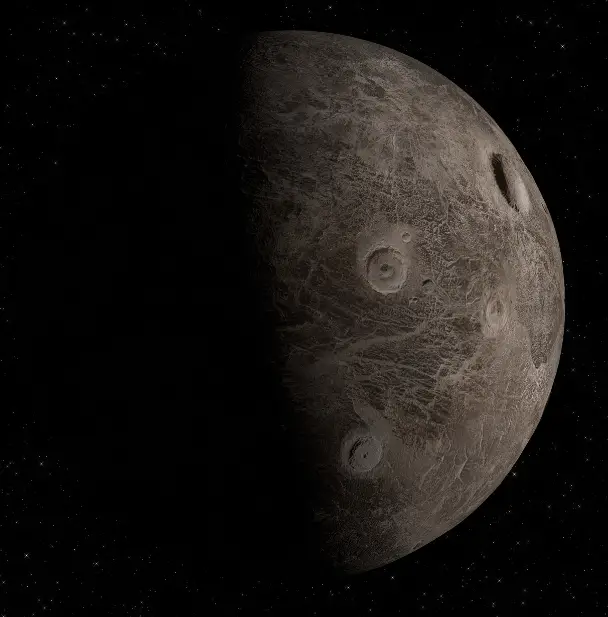Since the beginning of human history, the heavenly bodies that make up our solar system have held a special allure for us. As our grasp of the cosmos grows, so too does our comprehension of these heavenly bodies. There has been a lot of discussion on whether or not the dwarf planet Ceres should be categorized as a moon or a planet. Ceres can be found in the asteroid belt between Mars and Jupiter. In this piece, we will delve into the qualities that define Ceres and investigate the debates that surround its classification.
Giuseppe Piazzi, an Italian astronomer, made the discovery of Ceres in 1801; at the time of its discovery, it was given the status of a planet. On the other hand, as more objects were found in the same vicinity, it became clear that Ceres was a component of a huge asteroid belt that contained a multitude of smaller bodies. The result of this was that in the middle of the 19th century, Ceres was reclassified as an asteroid.
Ceres was not reclassified for the second time until 2006, when the International Astronomical Union (IAU) unveiled its revised system for categorizing celestial bodies. The International Astronomical Union (IAU) distinguished amongst three distinct groups: planets, dwarf planets, and small solar system bodies. The spherical form of Ceres and the fact that it possesses a mass that is adequate to have cleaned its orbit of junk led to its classification as a dwarf planet.
It is vital to take into consideration the criteria established by the IAU in order to have an understanding of the distinction that exists between moons and planets. A celestial body is considered to be a planet if it revolves about the sun, has enough gravity of its own to cause it to assume a spherical shape, and has cleared the space in which it travels of any substantial debris. Moons, on the other hand, are natural satellites that orbit planets or dwarf planets. They are also known as natural satellites.
When one considers all of these factors, it is clear that Ceres does not fulfill the requirements to be classified as a moon. Since it does not orbit another planet but rather the Sun itself, it behaves more like a planet than an asteroid does in this respect. Its spherical shape, which is the product of its own self-gravity, provides additional evidence that it should be classified as a dwarf planet.
However, there are several arguments that support the idea that Ceres is a moon. These arguments have been presented. One point of contention is that it is situated within the asteroid belt, which is a zone that is more commonly associated with rocky debris than it is with planets. Some people feel that because Ceres is much smaller in size compared to most planets, it ought to be categorized as a moon rather than a planet.
However, it is essential to understand that size alone does not indicate the category into which a celestial body falls; this is a key point to keep in mind. Moons can be as small as asteroids or as massive as things that are comparable to some planets in size. The fact that Ceres does not revolve around another planet or dwarf planet is the defining characteristic that separates these other worlds from Ceres.
In addition, Ceres features exceptional qualities that set it apart from the usual asteroid in the solar system. It stands out from the majority of asteroids that can be found inside the asteroid belt due to its differentiated interior, which consists of a rocky core and an ice mantle. These characteristics are more similar to those of a dwarf planet, which provides additional evidence for the planet’s categorization as a dwarf planet.
In conclusion, the designation of Ceres as a dwarf planet is entirely appropriate. Even though it is situated within the asteroid belt and has a number of characteristics in common with both moons and asteroids, the fact that it travels in a circular path around the sun, has a spherical shape, and is able to rid itself of considerable amounts of debris brings it closer to the definition of a planet. Ceres is a fascinating and one-of-a-kind member of the dwarf planet family, but as our knowledge of heavenly bodies continues to expand, so too may our classifications. For the time being, though, Ceres retains its status as an outlier among the dwarf planets.
![]()
